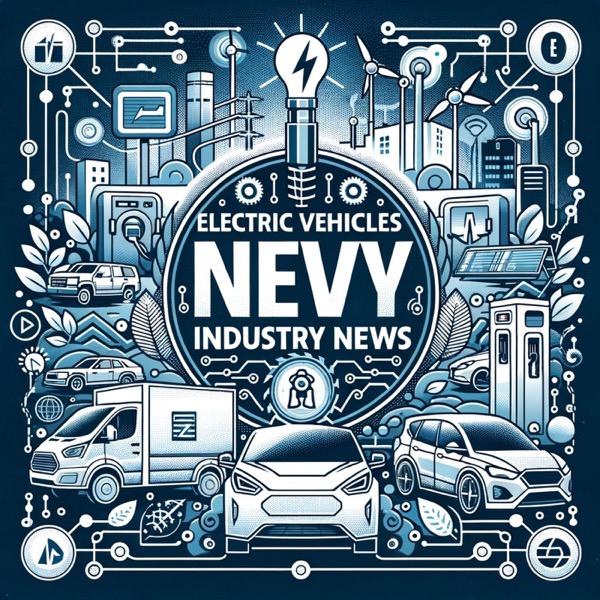Navigating the Transformative EV Industry: Competition, Regulations, and Evolving Consumer Trends
Electric Vehicles Industry News - En podcast av Quiet. Please

The electric vehicle (EV) industry is undergoing significant transformations, driven by increasing competition, regulatory changes, and shifting consumer behavior. Recent market movements indicate a growing trend towards electrification, with EVs accounting for 16% of new car sales in Europe, up from under 1% in 2019[2].Key players such as Tesla and BYD continue to dominate the market, accounting for 35% of all electric car sales in 2023, while major incumbents have seen their market share decline since 2015[1]. However, new entrants are emerging, with over 35 new OEMs entering the European EV market in the past three years, and over 400 new EV models expected to be launched in the next three years[2].In the United States, the EV market is expected to reach $537.53 billion in 2033, growing at a CAGR of 11.20% from 2025 to 2033, driven by increased public awareness, government regulations, and investments in renewable energy sources[4]. Companies such as Ford, Chevrolet, and Hyundai are introducing affordable EVs, catering to a wide range of customers[4].Regulatory changes are also shaping the industry, with the European Union imposing tariffs on imported EVs from China, which may impact the success of new EV brands in Europe[2]. In the United States, the Inflation Reduction Act (IRA) has led to companies such as Hyundai-Kia planning to start manufacturing operations in the country to qualify for benefits[1].Consumer behavior is shifting, with EV owners broadening their considered set of brands for purchase, and non-European brands gaining popularity[2]. However, a small share of EV owners are willing to switch back to traditional ICE vehicles, highlighting the need for continued innovation and improvement in EV technology[2].Industry leaders are responding to current challenges by investing in new technologies, partnering with other companies, and expanding their product offerings. For example, Ford has invested $500 million in an electric joint vehicle with Rivian, and has since separated its electric vehicle division, Ford Model E, which has seen a 300% sales growth in the EV department[3].In conclusion, the EV industry is experiencing significant growth and transformation, driven by increasing competition, regulatory changes, and shifting consumer behavior. Industry leaders are responding to these challenges by investing in new technologies and expanding their product offerings, and the market is expected to continue growing in the coming years. Note: The provided information is based on the latest available data and reports, but may not reflect the very latest developments in the past week due to the nature of the sources used.
